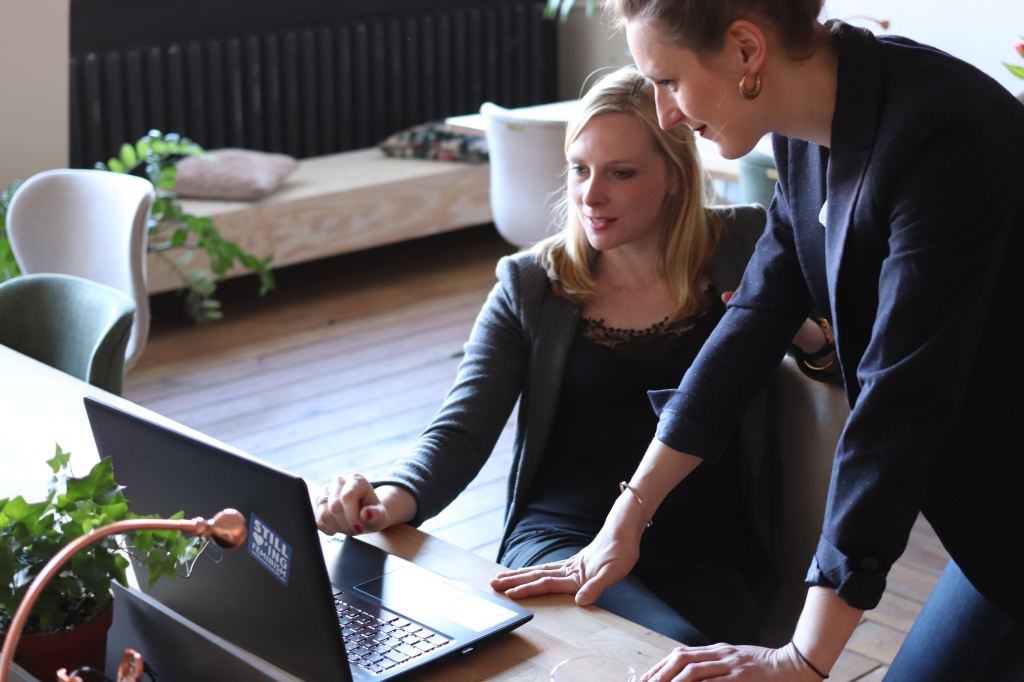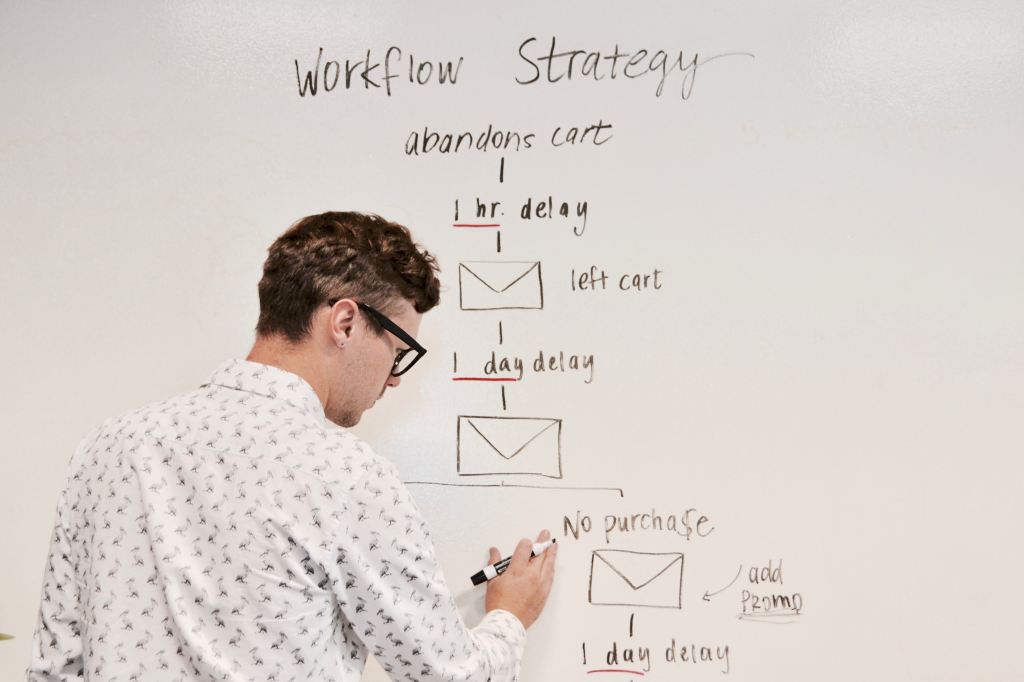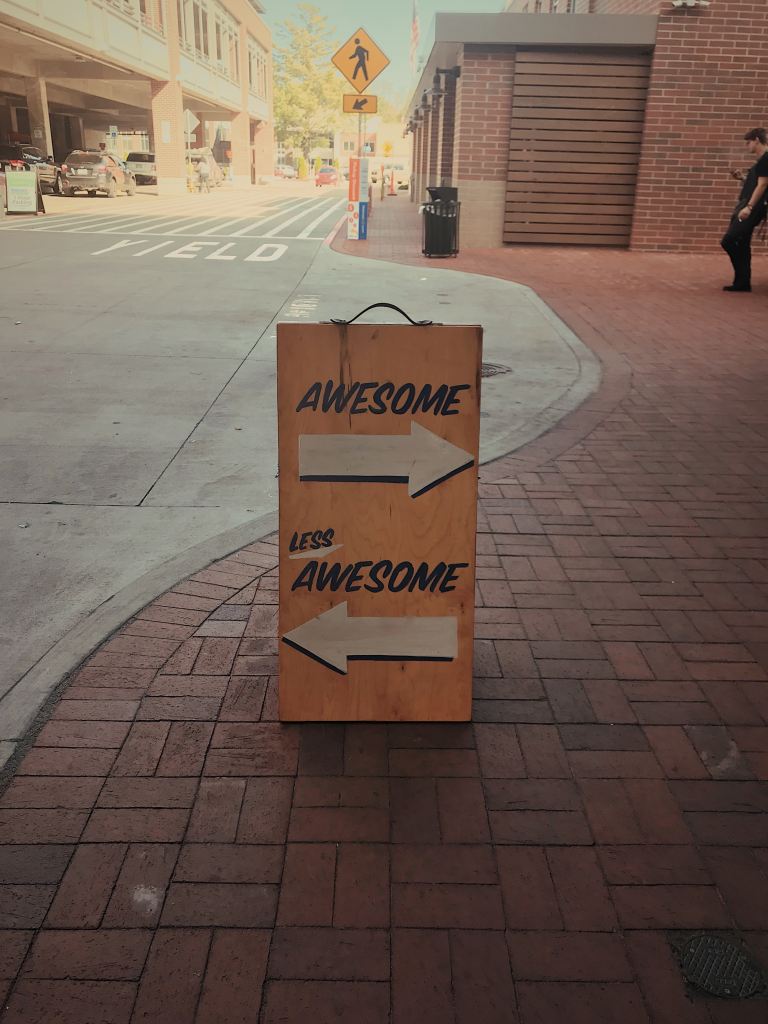I utilize a user-centered product design process inspired by Agile and Systems Engineering Methodology. Whether I’m working on a product or project, the first stage of the process is always defining the problem.
Stakeholder Scoping and Requirements Workshop

The first step is a 2-3 hour requirements and scoping session with key decision makers to define the problem, the users, the stakes, budget and timeline using a template I’ve designed for scoping project and product work.
User Requirements Gathering

Next are 1 on 1 meetings with potential users (product) or team members (project) to assess needs. Interviews can be contextual, ethnographic or questionnaire-based depending on the needs of the project. In some cases, focus groups are an ideal setting for collecting data.
Data Gathering Efforts

In the case of a re-design, the next step would be to complete a heuristic evaluation of the existing system to identify usability concerns, and if available, an investigation of site traffic and analytics. For both new solutions and re-design, I also perform a competitive analysis to identify trends and industry standards.
User Artifacts

Data collected from interviews, analytics, and other analyses are used to generate personas, story boards and user stories. The personas represent the key user groups, and contain information gathered during requirements research. Storyboards highlight the full context of the product in a user’s life, and enable designers and developers to consider wider implications for their designs. If contextual interviews were performed, an affinity diagram can also be created. User stories are specific use cases that are used in an Agile development process to design and build product functionality.
Design, Testing, and Evaluation

During the design process, I am actively engaged. I start with wireframes and low-fidelity mockups to organize content and demonstrate functionality. For determining site structure, card sorting exercises with users can help organize the architecture. Whether the product is a website or a physical product, it is essential to perform design reviews and repeated usability testing early and often to refine and validate design decisions.
Maintenance and Operation

A crucial part of the design process is planning for improvement. In this area, I design feedback forms, draft and execute user surveys, and repeat heuristic analyses as needed. I also perform accessibility evaluations on the products before launch to ensure compliance.